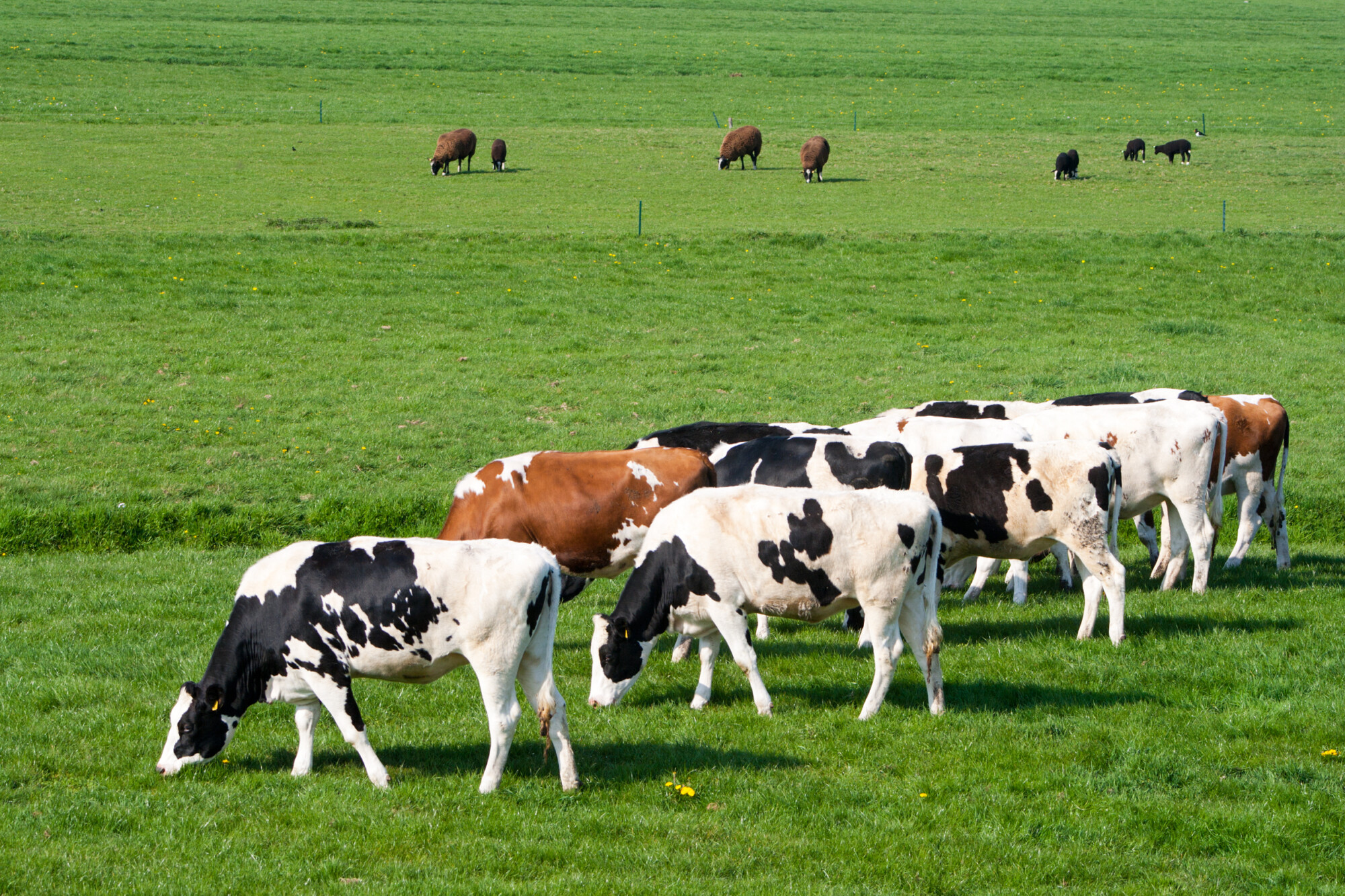Survey reveals key disease priorities for livestock farmers
22nd May 2021
Ruminant Health & Welfare (RH&W) has announced the results to its nationwide ’grassroots’ survey of farmers, stock people and vets on priority livestock diseases and syndromes.

The survey, gained over 600 responses from those at the ‘grassroots’ of the industry, aimed to establish the disease, health and welfare priorities of those who work hands-on with sheep and cattle. Of those involved 76% were farmers and 34% were professionals (eg vets and advisers)
The results suggest that lameness-related problems and infectious disease continue to be key issues effecting production and compromising the wellbeing of both the cattle and sheep industry.
The sheep disease priorities underline the real threat that common conditions pose to flock health and welfare, in particular the pressures of parasitic disease and lameness. “Perhaps it is not surprising that foot rot scores so highly; nobody can doubt the corrosive impact on body condition and welfare,” says Nigel Miller, chair of RH&W. “There is also the indirect ripple effect which threatens the performance and, at times, the survival of lambs from affected ewes.”
Contagious Ovine Digital Dermatitis (CODD) also scores highly. “This emphasises the severity of the condition and it may indicate its increasing reach into the national flock,” says Mr Miller.
On the cattle side, survey scores confirm both digital dermatitis and Johne’s disease as major threats across sectors. “Infectious Bovine Rhinotracheitis (IBR) and Bovine Viral Diarrhoea (BVD) also rank highly, even though extreme IBR outbreaks appear to be less common and the threat of BVD has subsided due to eradication progress across the four nations.
“The priority status of viral pneumonia is interesting and pinpoints a recurring threat on many holdings,” he adds. “At a time when vaccination programmes are at the centre of the health management debate this may increase interest in that proactive approach.”
“These results are some of the first that truly take into account those at the coalface of farming, who deal with these diseases and conditions on a daily basis,” says Mr Miller. “We will now take these results forward to a workshop where priorities will be discussed, existing interventions established and gaps identified where RH&W could facilitate or speed progress and overcome barriers.”
Dr Amey Brassington of AHDB, who analysed the results, says the disparity in opinion between farmers and vets was one of the most interesting findings. “These differences of opinion may be a result of vets having a broader range of experience then farmers. Equally, vets are only called out to issues that cannot be dealt with by the farmer, which could influence what is seen as the biggest issue. Fly strike is a typical example where farmers lead its treatment.”
Colin Mason, board member of the British Cattle Veterinary Association, says it is reassuring that the survey has confirmed digital dermatitis and lameness among the top issues in cattle. But is concerned that they remain so damaging. “Equally, fertility, mastitis and youngstock disease continue to be headlines that must be addressed. However there is good coherency in the survey between specific diseases and syndromes, for example digital dermatitis to lameness, and viral pneumonia to calf disease, and that only adds to the weight of the findings.”
RH&W says the next steps are crucial – to signpost well-established initiatives and identify areas where further co-ordinated effort could make a significant difference. As part of this planning they will be holding a disease workshop webinar on the 29th June. The event will bring together vets, farmers and researchers who have special interests in these diseases.
The full report can be downloaded from http://www.ruminanthw.org.uk/ and a recording of the webinar will also be available on the RH&W website after the event.
